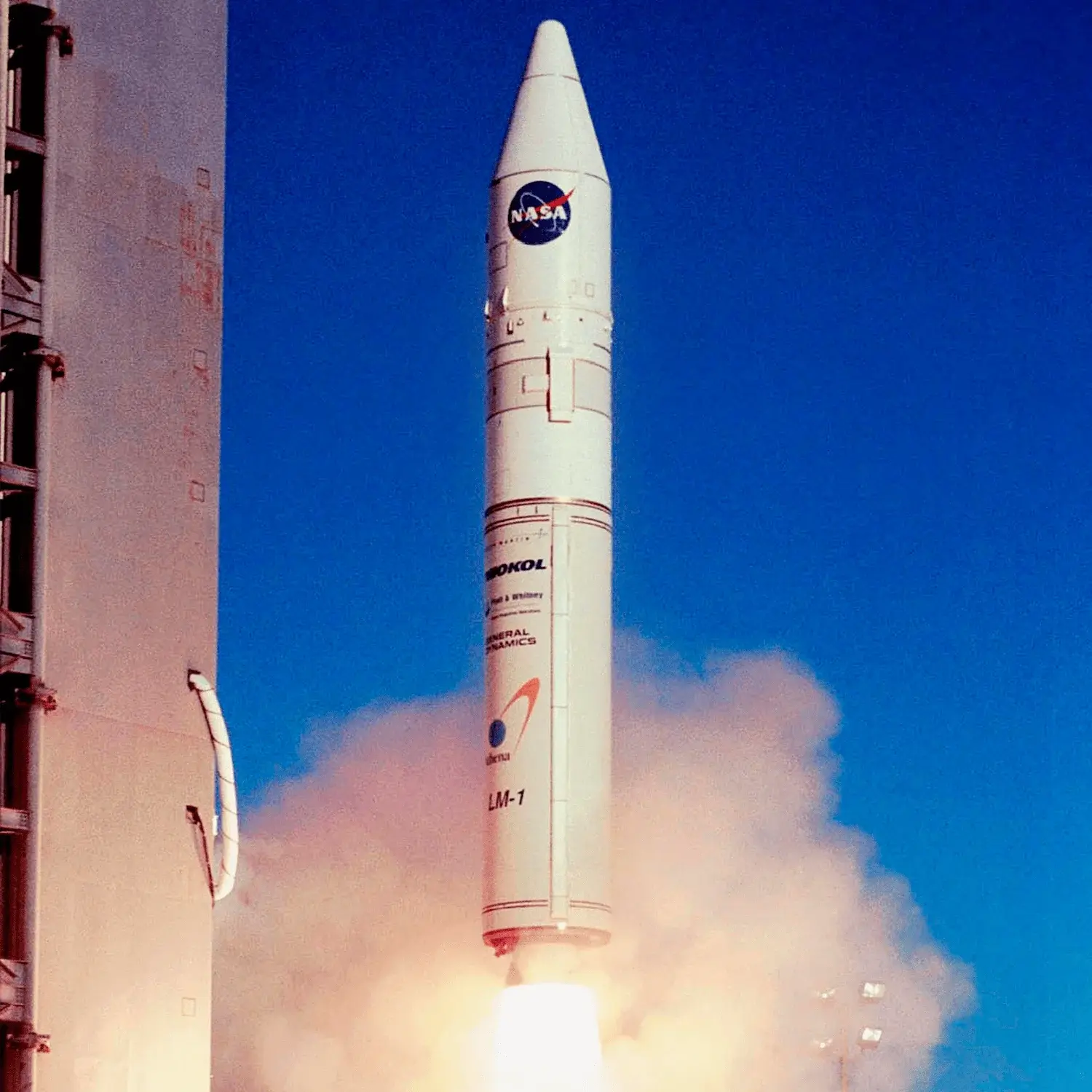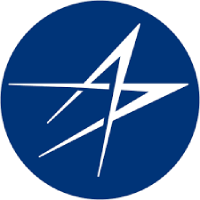Starshine 3 & Others
Launch Success
Liftoff Time (GMT)
02:40:00
Sunday September 30, 2001
Mission Details
Launch Notes
First flight of Athena from Kodiak, and last orbital flight of Athena. First orbital launch from Kodiak, and first flight from the LP-1.
SAPPHIRE
APPHIRE (Stanford Audio Phonic Photographic Infra Red Experiment), a.k.a SQUIRT 1 (Satellite Quick Research Testbed) or NO (Navy-OSCAR) was a student built technology satellite of Stanford's Space Systems Development Laboratory. Its payloads include new infrared horizon detectors, a digital camera, a voice synthesizer, and a couple of telemetry and autonomy experiments.
Low Earth Orbit
1 Payload
16 kilograms
Starshine 3
Project Starshine (Student Tracked Atmospheric Research Satellite for Heuristic International Networking Equipment) are optically reflective spherical student satellites, which have been designed by the U.S. Naval Research Laboratory and built by an informal, volunteer coalition of organizations and individuals in the USA and Canada. The satellite is covered by approximately 1500 small, front-surface aluminum mirrors that are machined by technology students in Utah and polished by tens of thousands of students in schools and other participating organizations around the world. These mirrors have been coated with a scratch-resistant, anti-oxidizing layer of Silicon Dioxide by optical engineers and technicians at the Hill Air Force Base in Utah and the NASA Marshall Space Flight Center in Alabama. During the satellite's orbital lifetime, faint sunlight flashes from its mirrors were naked-eye visible against the star background, during certain recurring morning and evening twilight periods, to student and adult observers around the world.
Low Earth Orbit
1 Payload
90 kilograms
PicoSat
The PicoSat (Polymer Battery Experiment / Ionospheric Occulation Experiment / Coherent Electro Magnetic Radio Tomography / Optical Precision Platform Experiment - Satellite) satellite is part of the Department of Defense (DoD) Space Test Program (STP) which is executed by the Air Force. PICOSat is a microsatellite built by Surrey Satellite Technology Ltd (SSTL) in Guildford, UK and partially funded through the DoD Foreign Comparative Testing Program. The PICOSat mission is to fly and operate four DoD scientific payloads demonstrating vibration damping, battery technologies, and performing ionospheric measurements in support of DoD weather databases. An additional objective of PICOSat is to determine if the non-developmental Surrey Microsatellites are capable of providing cost effective and timely spaceflight for DoD space experiments. PICOSat is designed for a minimum of one year of on orbit operations. PICOSat is 67 kg satellite based on the commercially available SSTL microsatellite bus. PICOSat will fly in a 800 km circular orbit with a 67 degree inclination. PICOSat uses a gravity gradient boom for stabilization while the body mounted solar panels produce an average on orbit power of 22 W. PICOSat does not have any propulsion system on board.
Low Earth Orbit
1 Payload
68 kilograms
PCSat
PCSat 1 (Prototype Communications satellite) or NO 44 (Nav-OSCAR 44) is a US Naval Academy Aerospace student project designed to give students real hands on experience in satellite design and operations. The project was funded by the Naval Academy, and a Grant from Boeing Corporation, and the launch was secured through the DOD's Space Test Program in cooperation with NASA. The mission, to fit within the ITU regulations for operations in the Amateur Satellite Service, is to provide mobile and Handheld Satellite digital communications for amateur satellite operators worldwide using the Automatic-Position-Reporting-System (APRS). PCsat augments the terrestrial APRS system with a flying worldwide Relay to extend APRS coverage globally.
Low Earth Orbit
1 Payload
10 kilograms
Launch Site
Stats
Athena I
4th
Mission
1st
Mission of 2001
2001
44th
Orbital launch attempt

